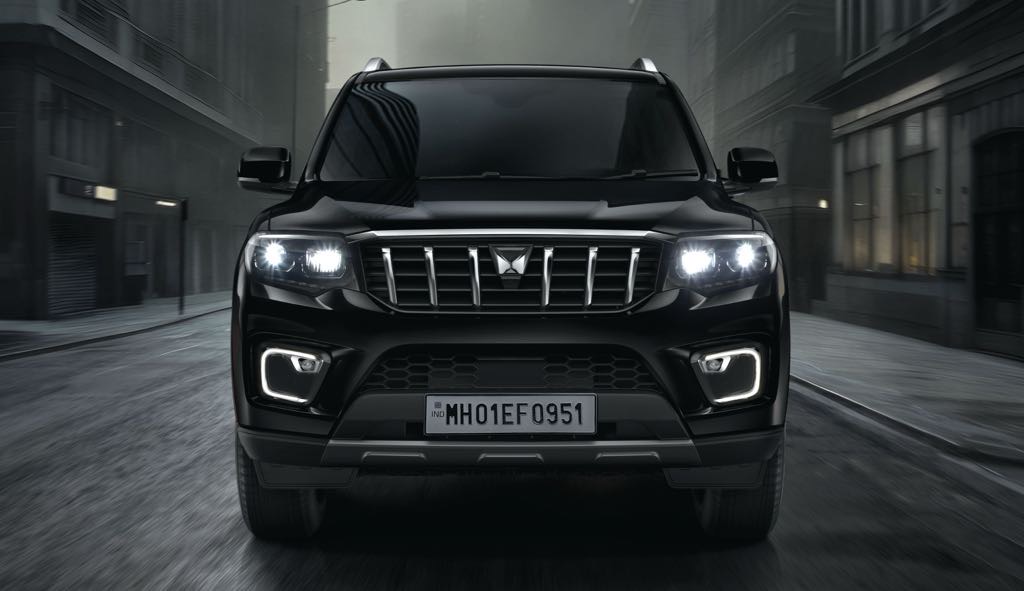
So, you’ve decided to pursue a career in motorsport. But rather than going down the route of Michael Schumacher or Max Verstappen, you want to follow in the footsteps of Adrian Newey, Ross Brawn or even Hannah Schmitz.
For decades, motorsport in India was seen more as a high-octane spectacle than a serious career path. But that perception is quickly shifting, and a homegrown ecosystem is now taking shape. From learning how to design race-winning machinery to analysing telemetry data and beyond – for those interested in taking their first steps in this journey, here are three key pathways:
Formula Bharat

Formula Student competitions worldwide task university and college students to design and fabricate formula-style prototype vehicles. The purpose is to encourage students to gain hands-on experience, along with practically applying engineering theories they’ve learned in classrooms.
But in order to truly prepare students for a future in professional motorsport, or even the automotive industry at large, these competitions have to be stringent – think strict deadlines, and precise technical and safety inspections. While several Indian teams have participated in Formula Student competitions abroad, clearing inspections proved to be difficult with no prior experience. Moreover, these competitions didn’t always align well with the academic calendars of Indian universities and colleges.
Enter Formula Bharat. The first edition of the event was held in 2017, and it has since become a staple on the calendar for several young motorsport enthusiasts, not just in India but from across Asia. In fact, it’s the only Formula Student event from South Asia that’s recognised in the Formula Student World Ranking.
“Formula Bharat is known to be a very stringent competition. And that is because we are following the stipulated global standard,” says Crystal Furtado, CEO and managing director of Curiosum Tech (the company that organises Formula Bharat). The idea is that students who participate here are on par with their international counterparts and can even go on to participate in global competitions.
And it’s not just limited to engineering. Students need to learn how to essentially run a team, seek out sponsorship and donations to fund their projects. “They are not only building a product but also developing a business plan around it and analysing the cost-effectiveness. The team comprises of a lot of departments,” explains Furtado. “All of this is tied down to what people want in motorsport. You don’t just need a driver, you don’t just need a race engineer, you need so much more than that.”
Once the prototypes are built, a jury of experts from the motorsport, automotive and supplier industries judge the design, cost and business planning of all the teams to determine the best team and vehicle. On-track events demonstrate how well these cars hold up in real-life conditions.
Over the years, Formula Bharat alumni have gone on to find jobs in top-level racing. For example, DJS Racing’s former brakes head Vaishnavi Nambiar now works as a Graduate Research and Development Engineer at the Mercedes F1 team. But it isn’t just limited to motorsport; brands like Ather, Vecmocon, Exponent Energy, Baaz, Yotuh Energy, and even Mokobara have been founded by Formula Student alumni. “What our students are doing is if there’s no market for a certain domain, they’re building a market for it,” adds Furtado.

Even at the student level, Formula Bharat has proved to be a genuine training ground that fosters innovation and creativity. Take Formula Manipal, for example. Representing Manipal Institute of Technology, the team has gone on to participate in Formula Student competitions across Germany, Austria, the UK, Spain and Portugal. It was one of the first few Indian teams to switch focus to an all-electric prototype and is currently working on a driverless project as well.
When asked what some of the key learnings from Formula Student competitions are, Vandana Malhotra, Formula Manipal’s mechanical head, shared, “Working with other people towards a common goal – putting aside differences and arguments that you may have in favour of your aligned goal and industry experience. We learn things as first-year students that generally people learn in the fourth year of engineering or even in master’s. So, it’s definitely a head-start into the industry.”
She added, “F1 is a world-revered sport, and almost everyone here at Formula Manipal watches it every Sunday. So, it also gives us a chance to channel that interest in a very productive way.”
For now, the Formula Bharat competition is divided into combustion and electric categories, but plans for autonomous and hydrogen prototypes are in the works as well. “Hydrogen, because the Indian landscape wants to go that way when it comes to commercial vehicles,” explains Furtado. “So, we want to build the talent and the skill that the Indian market requires.”
Beyond the competition, Formula Bharat is an educational platform as well. It currently hosts several online courses focusing on vehicle design, driverless vehicle development, and more. Furtado explains that these sessions are open to everyone, from simple motorsport enthusiasts to current engineering students – “We don’t want to limit the spread of knowledge only to those who can be part of a competition like this."
Indian Motorsports Academy

The Indian Motorsports Academy (IMA) gives young motorsport aspirants the chance to work in an FIA-certified championship. With crucial Super Licence points up for grabs and relatively lower entry fees, the F4 Indian Championship has been attracting promising young drivers from around the world. But organiser Racing Promotions Pvt. Ltd. (RPPL) is determined to build the technical ecosystem for this right here in India. And this is where the IMA comes in.
Leading the academy is CEO Shubham Sangodkar, who previously worked with the Red Bull F1 team as an Aerodynamics Engineer and even served as a judge for Formula Bharat. He’s backed by a powerhouse of advisors, including former Williams and Toro Rosso aerodynamicist Punith Gowda and motorsport designer Emanuele Battisti, who has had plenty of experience in the World Rally Championship, GT racing, F1, and even endurance racing. Together, they’re trying to lay the foundation for India to become a serious player in the global racing ecosystem.
Earlier this year, IMA launched its new Motorsport Engineering Graduate Accelerator (MEGA) course, offering applicants the chance to work in the 2025 F4 Indian Championship and Indian Racing League for three weekends. What makes this unique is that applicants didn’t need to have any particular educational background or prior experience to apply. RPPL chairman and managing director Akhilesh Reddy stresses that this is designed to be a “first step” for those who dream to work in motorsport. All those who applied got access to a 35-hour online course covering motorsport engineering basics, F1 aerodynamics, F1 design thinking, applied vehicle dynamics and F1 data analysis.
Following an online screening test and interview, 30 applicants were then selected to be part of a three-day trackside bootcamp before interning at the championship. F4 India is currently working with a French technical team that is also helping train these interns. But Reddy says the target is to eventually have an all-Indian technical crew. And it doesn’t stop there; he also wants to outsource engineers and mechanics from India to international racing series by 2029-2030.
“I feel that the only missing part for motorsport in India is that people did not really see career moulding opportunities in the sport,” said Reddy. “I want to change that perception.”
United Motorsports Academy

Breaking into international racing can seem like a far-fetched dream even for some experienced professionals, let alone young students and newcomers. But United Motorsports Academy (UMA) is providing a fast track to this with its 2025 Bootcamp.
Based in Navi Mumbai, UMA has, over the years, been dedicated to equipping the next generation of motorsport engineers in India with the knowledge, training and trackside experience they need to turn their passion into viable career opportunities. This year, the academy has teamed up with the Spanish GT team RGB Racing and has flown 30 promising applicants to Spain for an intensive 18-day course, combining theory with trackside exposure. And all of this is fully sponsored.
Applicants (aged 18-35) could range from engineering students to young professionals in mechanical, automotive, electrical, motorsport or related fields. Despite being just an 18-day course, it covers a comprehensive range of motorsports disciplines – team management, composites and materials, race car setup, strategy, pit operations, and more. All of this from some of the most experienced names in racing, with mentors including RGB Racing team principal and three-time Le Mans winner Roberto Gomez and experienced F1 and LMP1 engineer Alberto Maggioni.
The five applicants who impress the most at this bootcamp will earn a trackside internship with RGB Racing Team at two racing events – Porsche Sprint Cup Iberica and either the 6 Hours of Abu Dhabi or 24 Hours Dubai. This opens the door to direct job offers with international teams.
Motorsport may be a high-speed spectacle on the surface, but its true complexity lies behind the scenes with a myriad of roles involved in keeping a team running. And for Indian students, the road to these roles is finally taking shape.
Also see:
Navi Mumbai Street Circuit in the works for Indian Racing Festival



